Home>Technology>Security & Surveillance>Why Is My Keypad Door Lock Not Working?
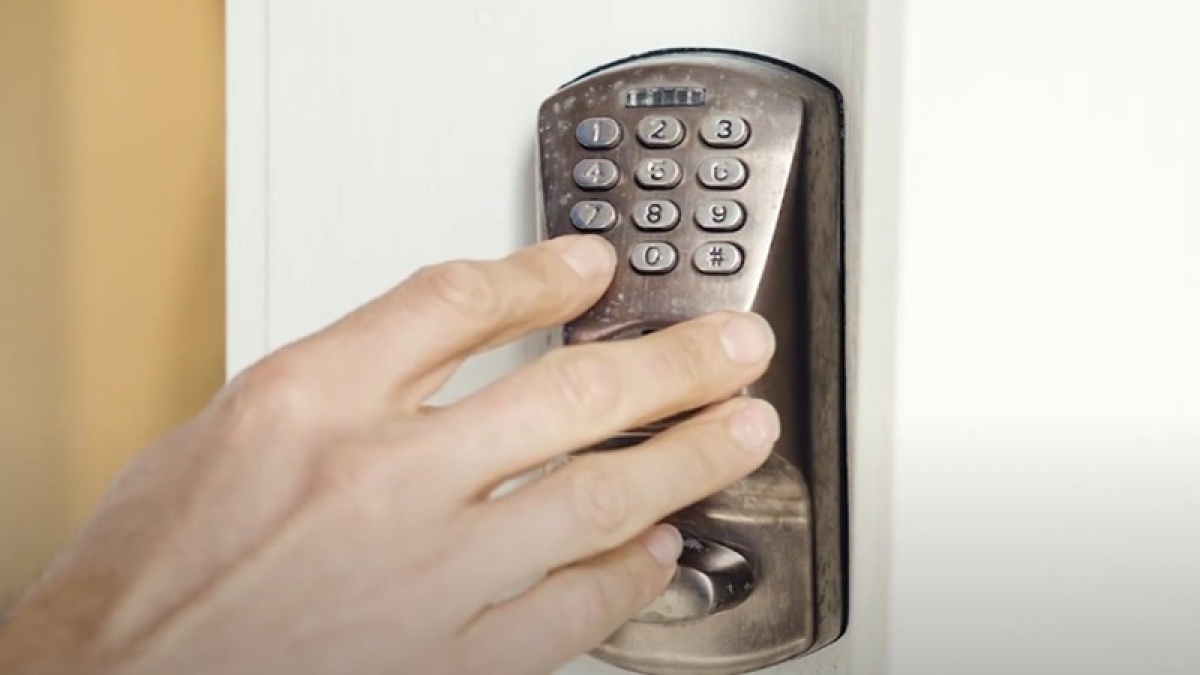

Security & Surveillance
Why Is My Keypad Door Lock Not Working?
Modified: February 18, 2024
Discover common reasons why your keypad door lock may not be working and how to troubleshoot it. Ensure your home's security and surveillance with these tips.
(Many of the links in this article redirect to a specific reviewed product. Your purchase of these products through affiliate links helps to generate commission for Storables.com, at no extra cost. Learn more)
**
Introduction
**
Welcome to the digital age of home security, where keypad door locks offer convenience and peace of mind. These modern marvels provide a keyless entry solution, eliminating the need for traditional keys and enhancing the security of residential and commercial properties. However, encountering issues with a keypad door lock can be frustrating and potentially disruptive to your daily routine. In this article, we will explore common reasons why your keypad door lock may not be working as expected, and provide insights on troubleshooting and resolving these issues.
Whether you're a homeowner, a property manager, or a tenant, understanding the potential causes of keypad door lock malfunctions can empower you to address these issues effectively. From dead batteries to connectivity issues, various factors can contribute to the non-responsive behavior of a keypad door lock. By delving into these potential issues, you can gain a deeper understanding of how these advanced security devices operate and how to keep them functioning optimally.
In the following sections, we will delve into the specific reasons why your keypad door lock may be experiencing difficulties. From addressing dead batteries and keypad malfunctions to identifying physical obstructions and connectivity issues, we will provide actionable insights to help you troubleshoot and resolve these issues. By the end of this article, you will be equipped with the knowledge and troubleshooting techniques to tackle keypad door lock issues with confidence.
So, if you've ever found yourself wondering, "Why is my keypad door lock not working?" or have experienced the frustration of being locked out due to a malfunctioning keypad, you've come to the right place. Let's embark on a journey to unravel the mysteries behind keypad door lock malfunctions and discover effective solutions to restore the seamless functionality of these innovative security devices.
Key Takeaways:
- Keep an eye on your keypad door lock’s battery level and replace dead batteries promptly to avoid unexpected malfunctions and ensure uninterrupted security and convenience.
- Regularly clean your keypad, address physical obstructions, and optimize connectivity to maintain the reliable operation of your keypad door lock and enjoy peace of mind in your home or business.
Read more: Why Is My Door Lock Not Working
Dead Batteries
One of the most common reasons for a keypad door lock to stop working is dead batteries. Keypad door locks are typically powered by batteries, providing the necessary energy to operate the electronic components and facilitate keyless entry. When the batteries are depleted, the keypad may become unresponsive, preventing you from unlocking or locking the door. Fortunately, addressing this issue is relatively straightforward.
If you notice that your keypad door lock is not responding to input or displaying a low-battery indicator, it’s crucial to replace the batteries promptly. Most keypad door locks utilize standard alkaline batteries, such as AA or AAA, which are widely available and easy to replace. To access the battery compartment, refer to the manufacturer’s instructions or user manual for your specific keypad door lock model. Once you have replaced the batteries, test the keypad to ensure that it is functioning properly.
Regularly monitoring the battery level of your keypad door lock and proactively replacing the batteries can help prevent unexpected malfunctions and ensure uninterrupted operation. Additionally, some keypad door locks feature low-battery alerts, such as audible beeps or visual indicators, to notify users when the batteries require replacement. Paying attention to these alerts can help you stay ahead of potential issues related to battery depletion.
By addressing dead batteries promptly and maintaining a supply of fresh batteries on hand, you can mitigate the risk of being locked out due to a keypad door lock malfunction. Furthermore, incorporating battery replacement into your regular home maintenance routine can contribute to the overall reliability and performance of your keypad door lock, enhancing the security and convenience it provides.
Next, we’ll explore another potential cause of keypad door lock issues: keypad malfunction. Understanding how keypad malfunctions can manifest and how to troubleshoot them is essential for ensuring the consistent functionality of your keypad door lock.
Keypad Malfunction
When your keypad door lock exhibits erratic behavior or becomes unresponsive, a potential culprit is keypad malfunction. The keypad is the primary interface through which users interact with the door lock, entering access codes to lock or unlock the door. If the keypad malfunctions, it can hinder the normal operation of the lock and lead to inconvenience or security concerns.
One common sign of keypad malfunction is the failure of certain buttons to register input or a complete lack of response when attempting to enter access codes. This can be attributed to various factors, including wear and tear, environmental exposure, or internal electronic issues. To address keypad malfunction, consider the following steps:
- Inspect and Clean the Keypad: Over time, dust, debris, or residue from fingertips can accumulate on the keypad, potentially impeding the functionality of the buttons. Carefully clean the keypad using a soft, dry cloth to remove any buildup that may be affecting its responsiveness. Avoid using abrasive cleaners or excessive moisture, as these can damage the electronic components.
- Check for Physical Damage: Examine the keypad for any visible signs of damage, such as cracks, loose buttons, or irregularities in the surface. Physical damage can compromise the integrity of the keypad and contribute to malfunction. If you detect any damage, consider contacting the manufacturer or a qualified technician for further assessment and potential repairs.
- Reset the Keypad: Some keypad door locks offer a reset function that allows you to restore the keypad to its default settings. Refer to the user manual or manufacturer’s instructions for your specific lock to determine if a keypad reset is possible and how to initiate the process. Resetting the keypad can help eliminate temporary glitches or software-related issues that may be causing malfunction.
By addressing keypad malfunction proactively and taking appropriate troubleshooting measures, you can restore the functionality of your keypad door lock and prevent potential access issues. Additionally, familiarizing yourself with the maintenance recommendations provided by the lock manufacturer can help prolong the lifespan of the keypad and ensure consistent performance.
Next, we’ll delve into another potential cause of keypad door lock issues: physical obstructions. Understanding how physical obstructions can impact the operation of your keypad door lock is essential for maintaining its reliability and security.
Check the batteries in your keypad door lock. If they are low or dead, replace them with new ones. This simple fix can often solve keypad door lock issues.
Physical Obstructions
Physical obstructions can impede the smooth operation of a keypad door lock, leading to functional issues and potential security concerns. These obstructions may manifest in various forms and can hinder the proper engagement of the lock’s components, including the keypad, latch, and locking mechanism. Identifying and addressing physical obstructions is crucial for restoring the seamless functionality of the lock.
Here are some common scenarios where physical obstructions can affect the operation of a keypad door lock:
- Obstructed Keypad: Accumulated dirt, dust, or foreign particles can hinder the responsiveness of the keypad buttons, making it difficult to enter access codes accurately. Regularly inspect and clean the keypad to remove any obstructions that may impair its functionality. Use a soft, dry cloth to gently wipe the surface of the keypad and remove any debris.
- Latching Mechanism Interference: If the door’s latching mechanism is obstructed or misaligned, it can prevent the lock from engaging properly when attempting to lock the door. Inspect the door and frame for any obstacles or misalignments that may be interfering with the latching process. Clear any debris or obstructions and ensure that the door closes securely.
- Keyway Blockage: In the case of a keypad door lock that also accommodates a traditional keyway, obstructions within the keyway can impede the insertion and operation of a physical key. Clear the keyway of any debris or foreign objects that may prevent the key from functioning correctly. Additionally, consider applying a small amount of lubricant to the keyway to facilitate smooth key insertion and turning.
By addressing physical obstructions promptly and incorporating regular maintenance practices, you can uphold the operational integrity of your keypad door lock and prevent potential access issues. Additionally, remaining attentive to the condition of the lock’s components and surroundings can contribute to a secure and reliable home or business environment.
Next, we’ll explore another potential cause of keypad door lock issues: connectivity issues. Understanding how connectivity issues can impact the performance of your keypad door lock is essential for troubleshooting and resolving these issues effectively.
Connectivity Issues
Connectivity issues can disrupt the seamless operation of a keypad door lock, impacting its ability to communicate with external devices or receive commands from authorized users. These issues may stem from wireless communication challenges or environmental factors that interfere with the signal strength and reliability of the lock’s connectivity. Understanding and addressing connectivity issues is essential for maintaining the functionality and security of the keypad door lock.
Here are some common factors that can contribute to connectivity issues with keypad door locks:
- Wireless Interference: The wireless communication between a keypad door lock and its associated devices, such as a smart home hub or mobile app, can be susceptible to interference from other electronic devices or environmental factors. Nearby wireless networks, electronic appliances, or construction materials can potentially disrupt the signal transmission. Positioning the lock and associated devices away from sources of interference can help mitigate connectivity challenges.
- Signal Range Limitations: In some cases, the distance between the keypad door lock and its designated communication hub or receiver may exceed the effective signal range, leading to intermittent connectivity or unresponsiveness. Assess the proximity of the lock to the communication hub and consider repositioning or relocating the devices to optimize signal strength and reliability.
- Environmental Factors: Environmental conditions, such as extreme temperatures, humidity, or physical obstructions, can impact the wireless connectivity of keypad door locks. Ensure that the lock and associated devices are installed in environments conducive to reliable wireless communication, minimizing exposure to adverse conditions that may compromise connectivity.
By addressing connectivity issues and implementing strategies to optimize the wireless communication of your keypad door lock, you can enhance its reliability and responsiveness. Additionally, staying informed about software updates or firmware releases from the lock manufacturer can provide opportunities to improve connectivity and address potential performance issues.
Next, we’ll summarize the key insights and recommendations for troubleshooting and resolving keypad door lock issues, empowering you to maintain the security and convenience these innovative devices offer.
Read more: Why Is My Car Door Lock Not Working
Conclusion
As we conclude our exploration of common issues that can affect the functionality of keypad door locks, it’s essential to emphasize the significance of proactive maintenance and troubleshooting. Keypad door locks represent a modern and convenient approach to home and commercial security, offering keyless entry and advanced access control. By understanding the potential causes of malfunctions and implementing effective solutions, you can ensure that your keypad door lock operates reliably and contributes to a secure environment.
From addressing dead batteries and keypad malfunctions to identifying and resolving physical obstructions and connectivity issues, the troubleshooting strategies outlined in this article can empower you to overcome common challenges associated with keypad door locks. By incorporating these insights into your maintenance routine and remaining attentive to the operational integrity of the lock, you can minimize the risk of unexpected malfunctions and maintain uninterrupted access control.
Furthermore, staying informed about firmware updates, manufacturer recommendations, and emerging technologies related to keypad door locks can provide valuable insights into optimizing the performance and security features of these innovative devices. Embracing advancements in home security technology and leveraging the capabilities of keypad door locks can elevate the protection and convenience of your living or working space.
As you navigate the realm of keypad door locks and their potential issues, remember that proactive maintenance, prompt troubleshooting, and a thorough understanding of the lock’s operation are fundamental elements of ensuring a reliable and resilient security infrastructure. By taking a proactive approach to addressing keypad door lock issues, you can uphold the seamless functionality and security benefits these devices offer, fostering peace of mind and convenience in your daily life.
Thank you for joining us on this journey to unravel the mysteries behind keypad door lock malfunctions and discover effective solutions to restore their seamless functionality. May your keypad door lock continue to safeguard your space with unwavering reliability and efficiency.
Frequently Asked Questions about Why Is My Keypad Door Lock Not Working?
Was this page helpful?
At Storables.com, we guarantee accurate and reliable information. Our content, validated by Expert Board Contributors, is crafted following stringent Editorial Policies. We're committed to providing you with well-researched, expert-backed insights for all your informational needs.
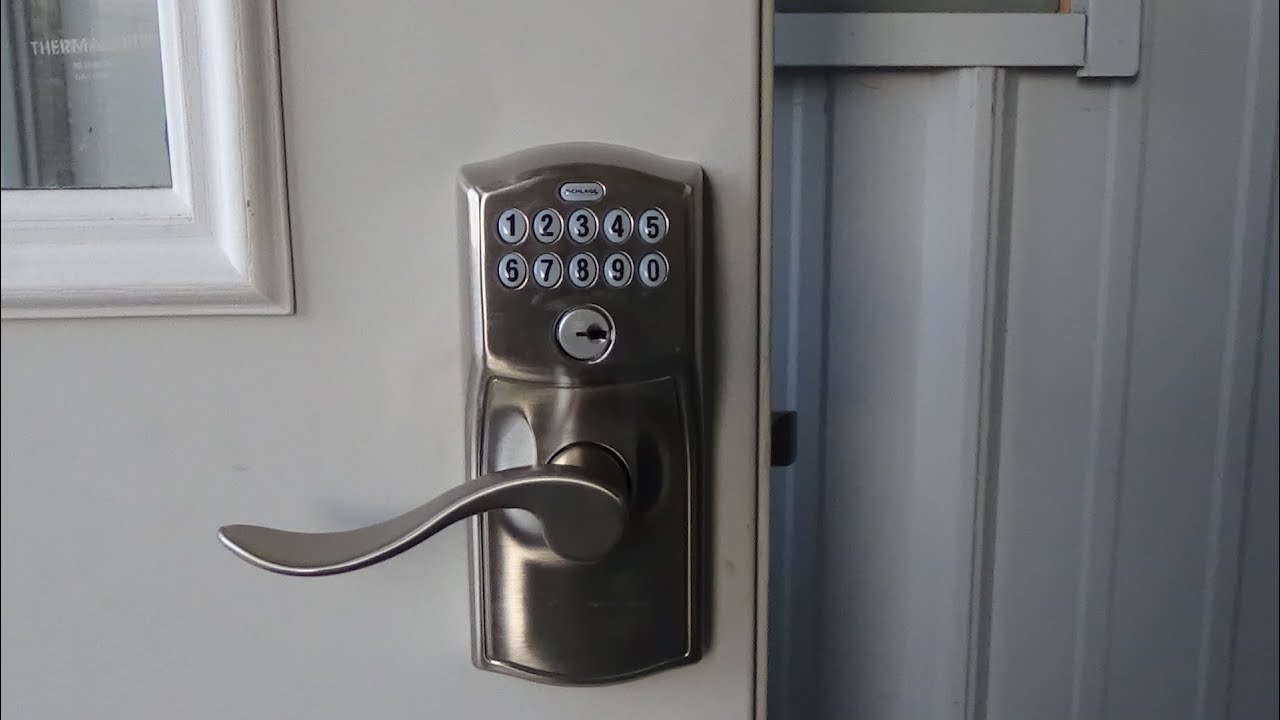
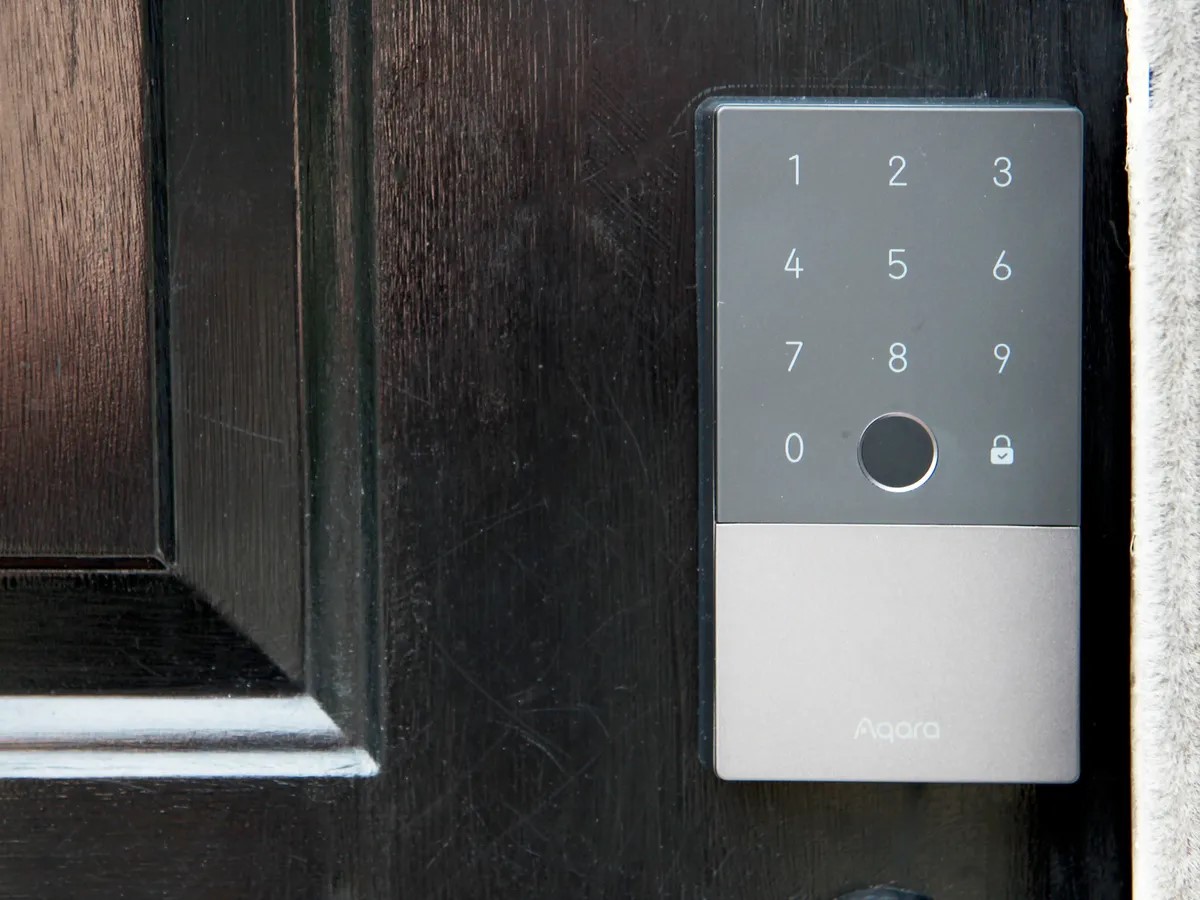
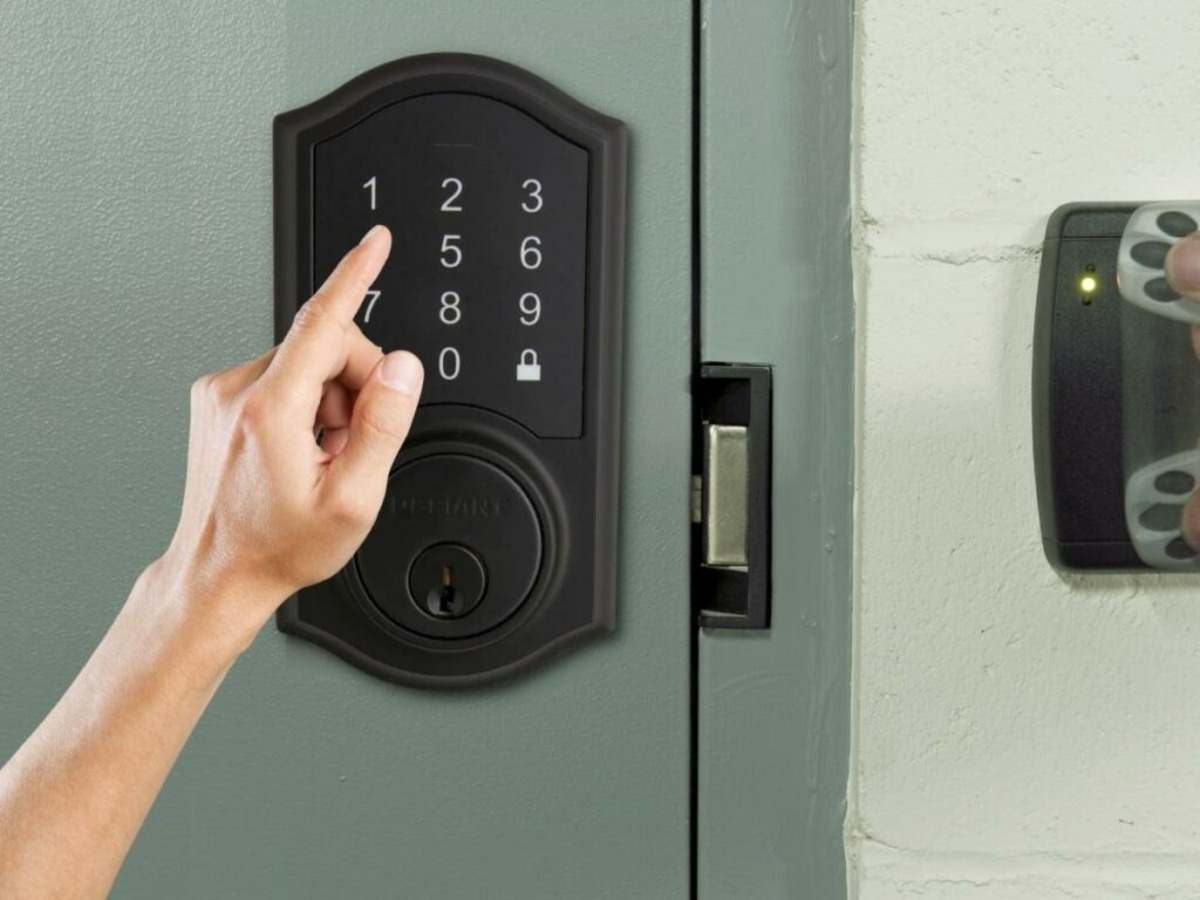
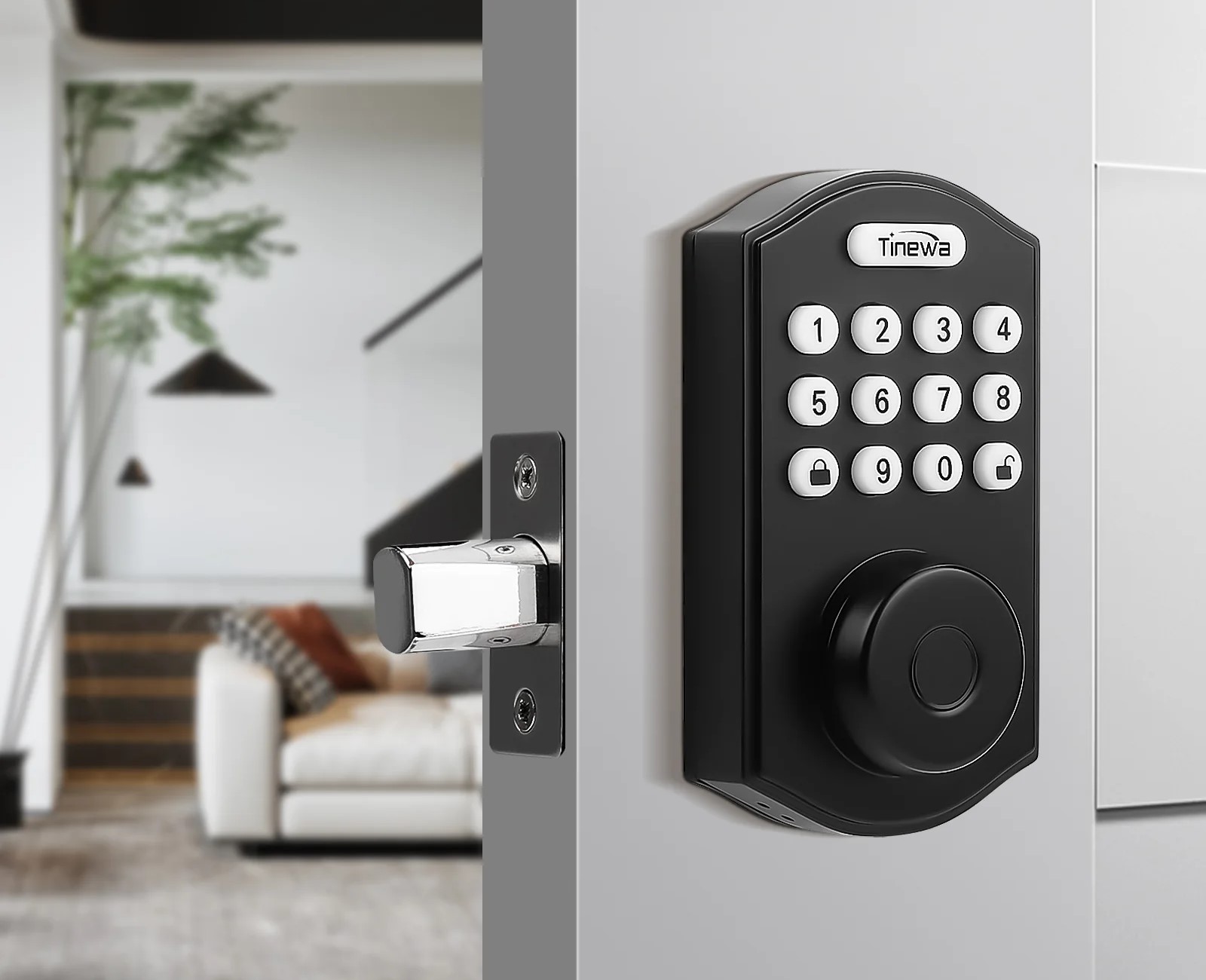
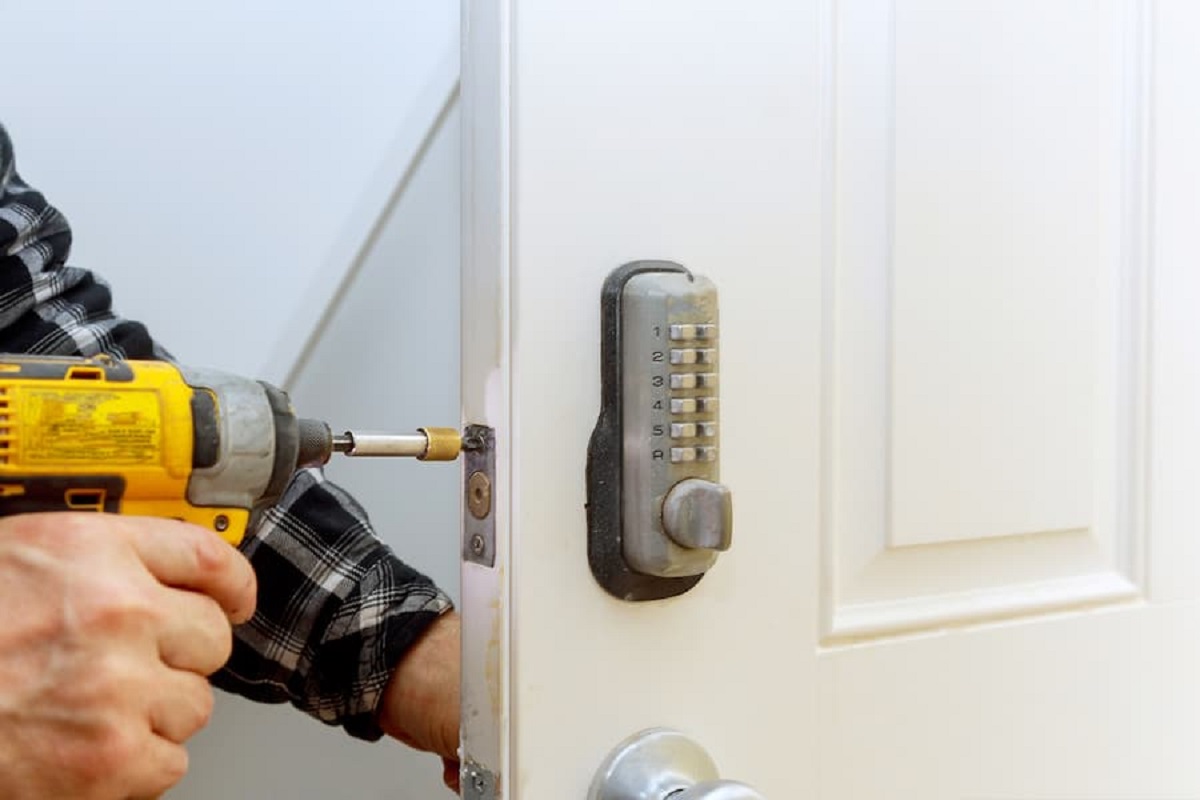
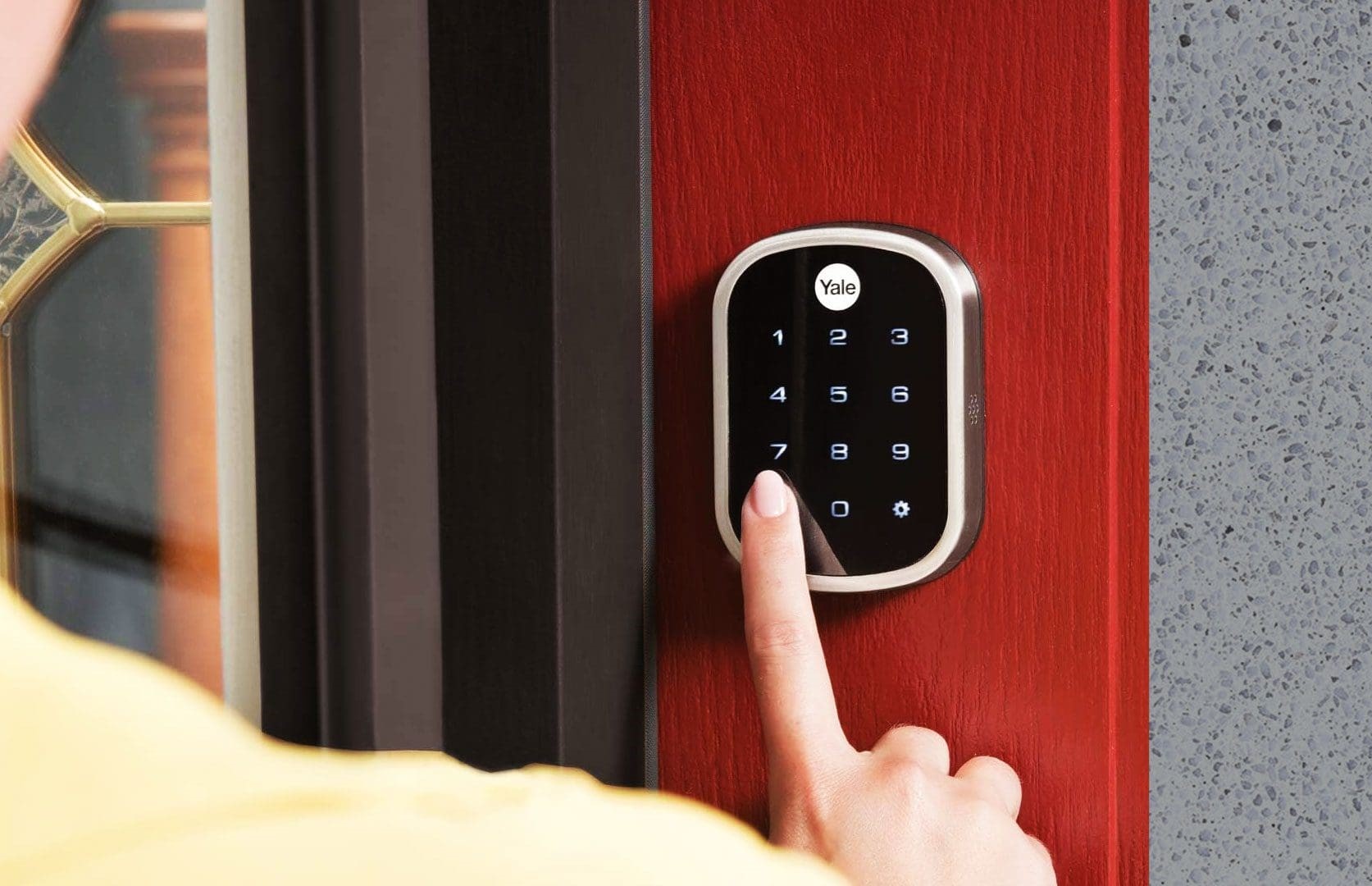
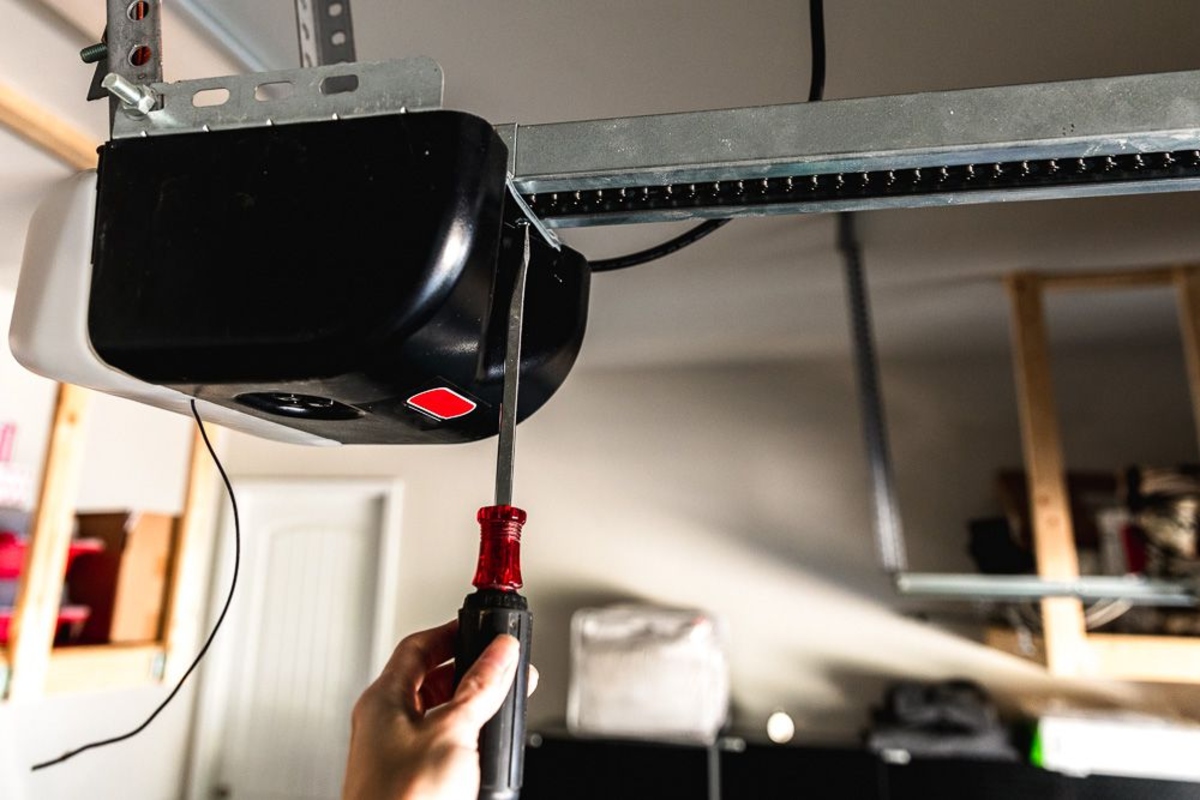
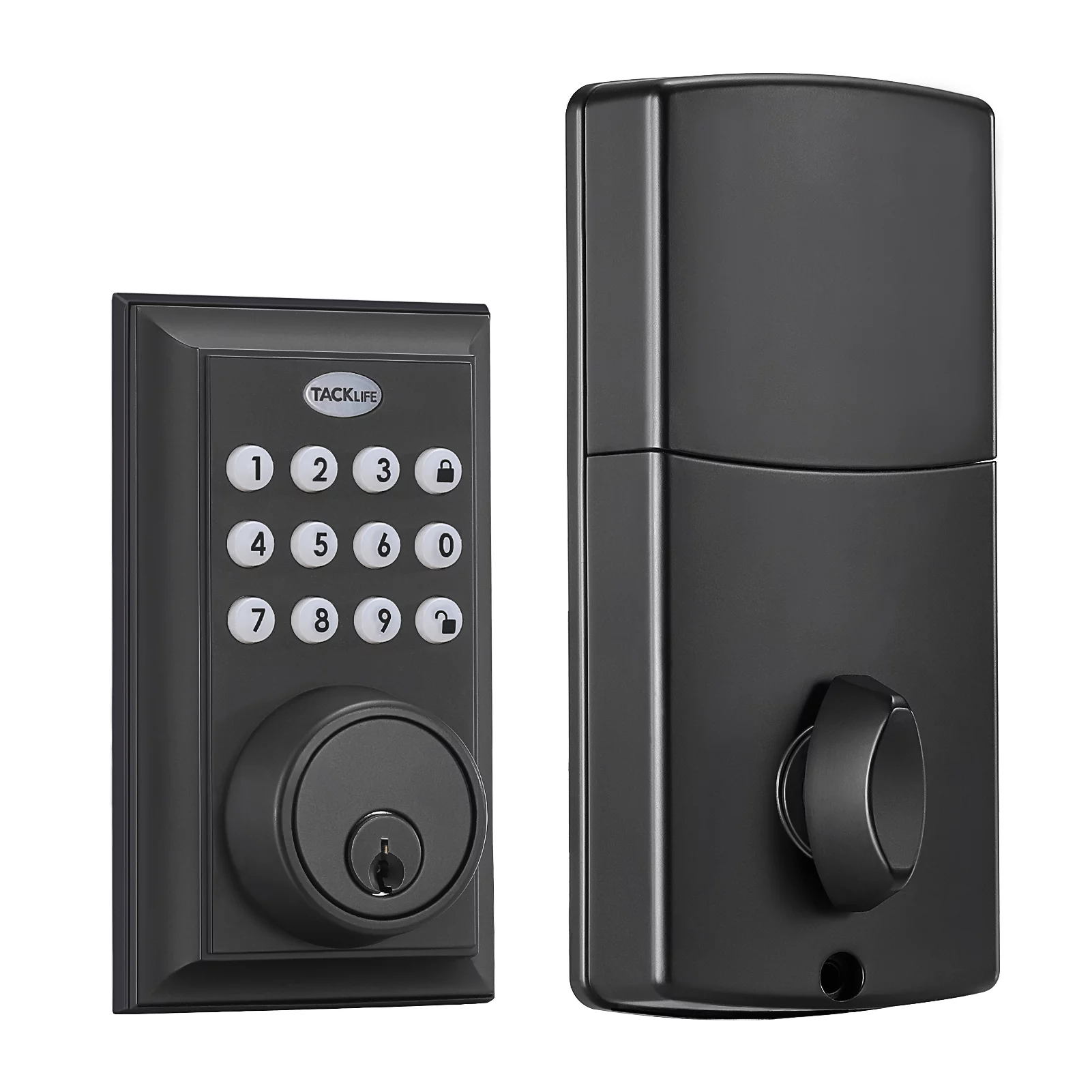
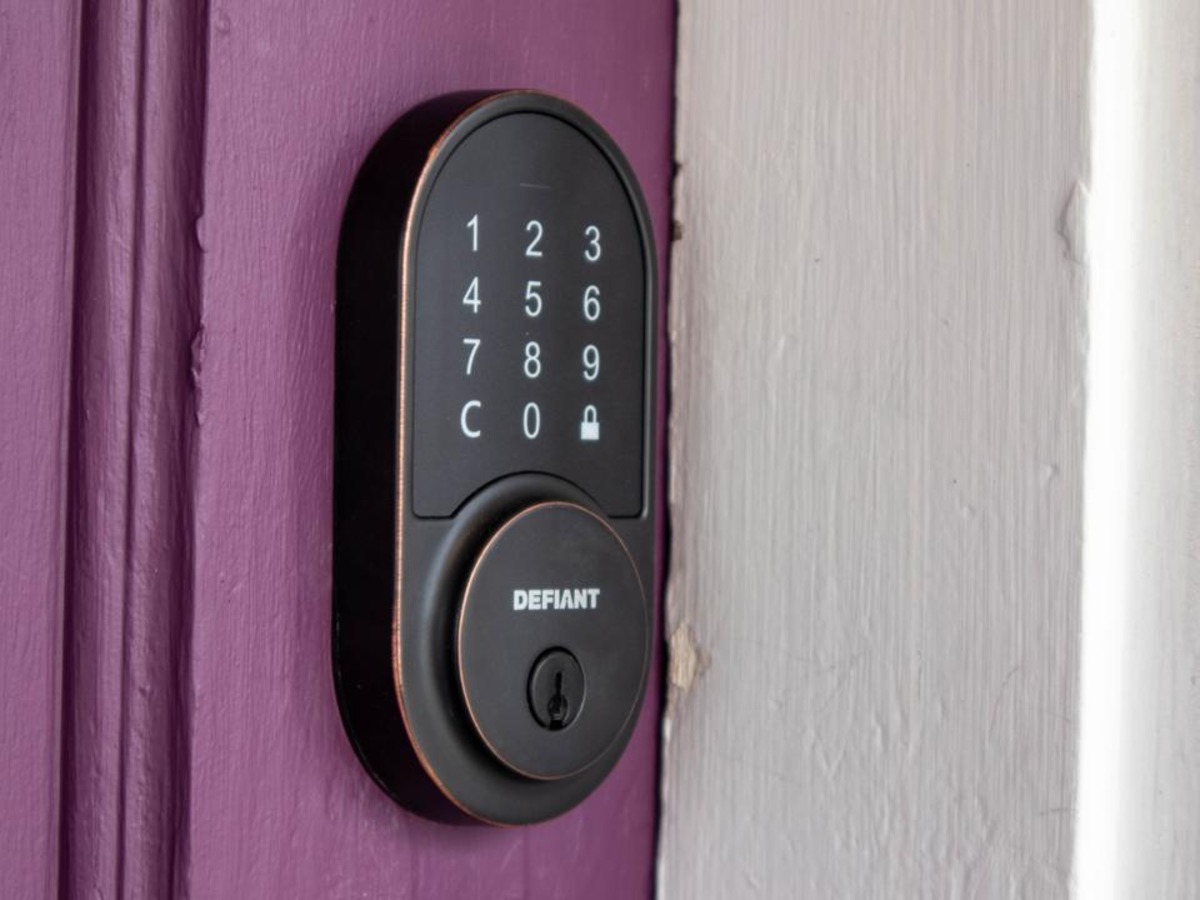
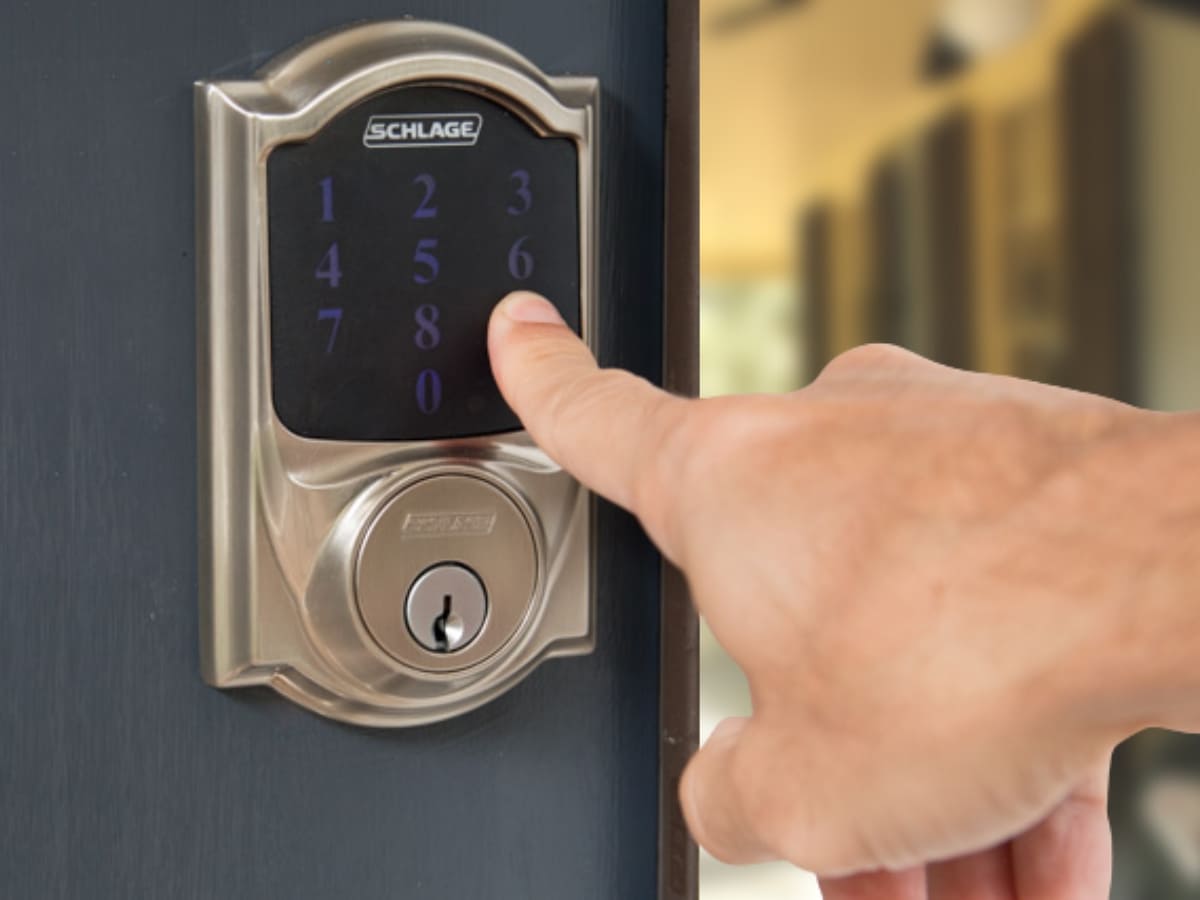
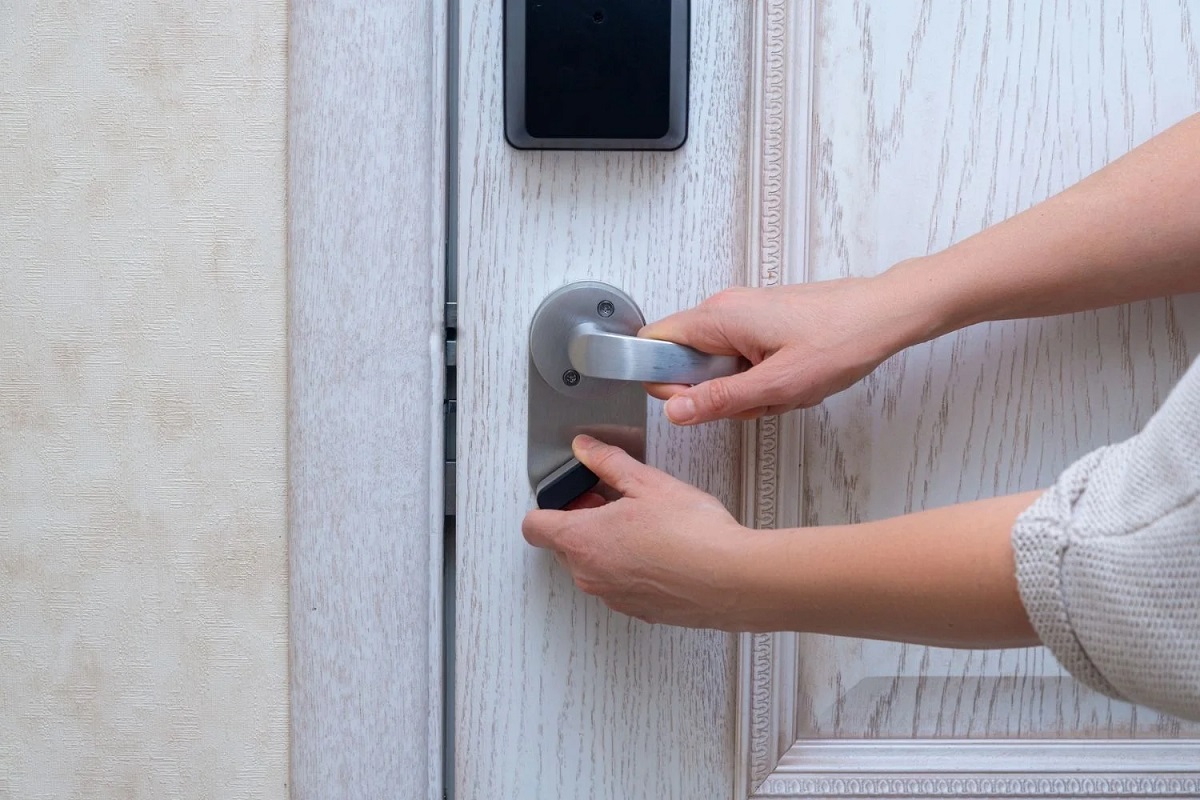
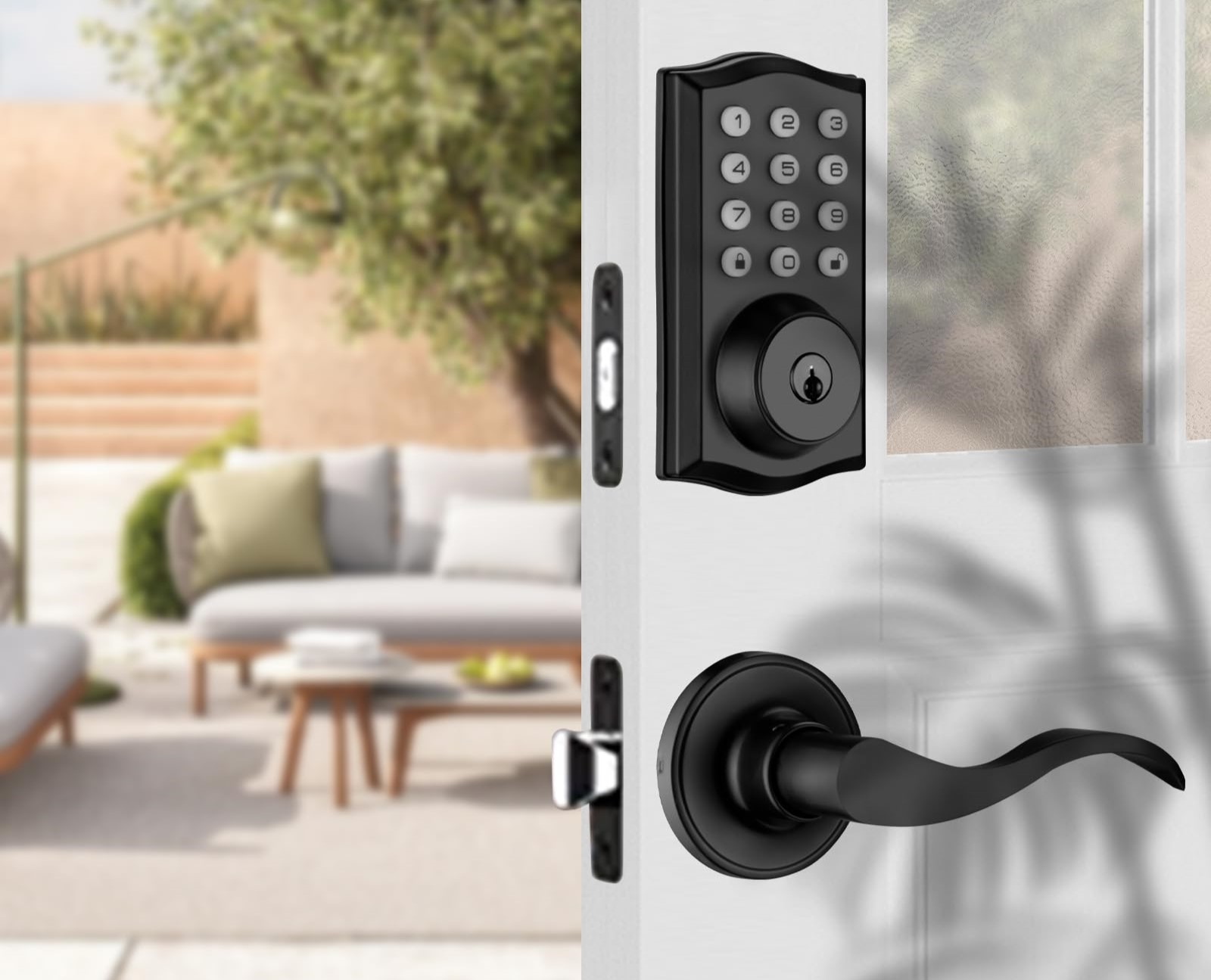
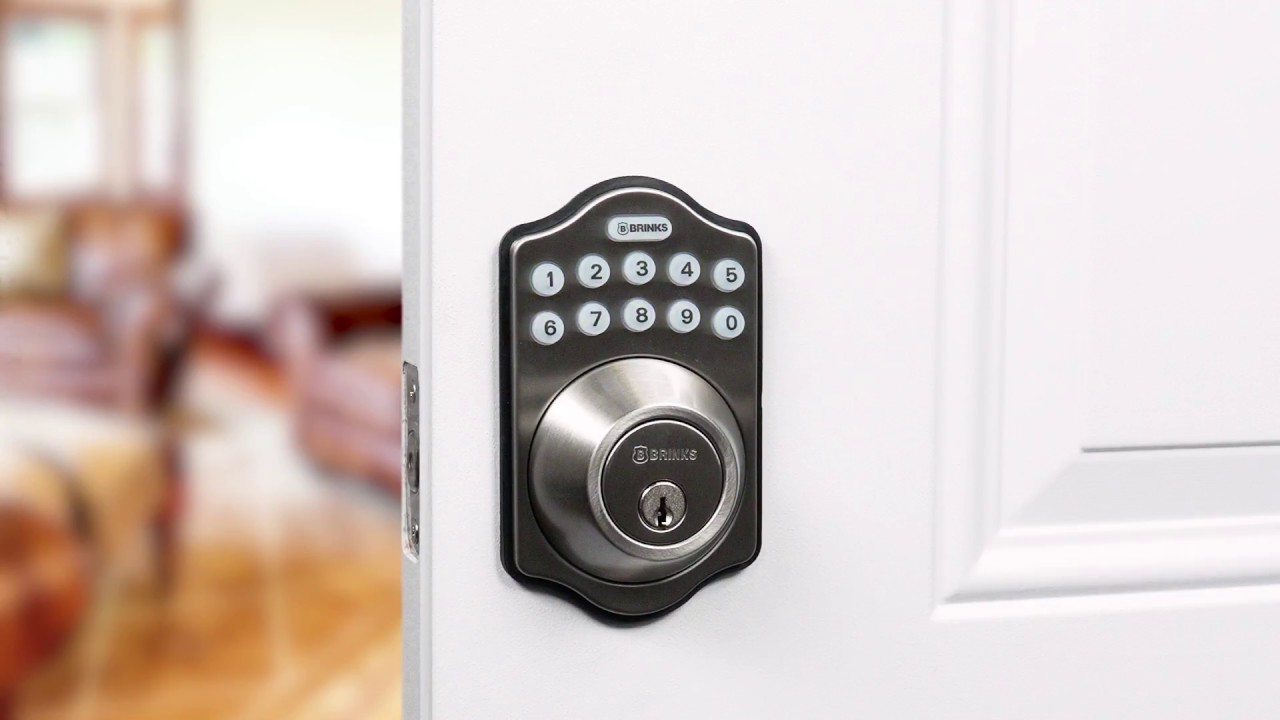
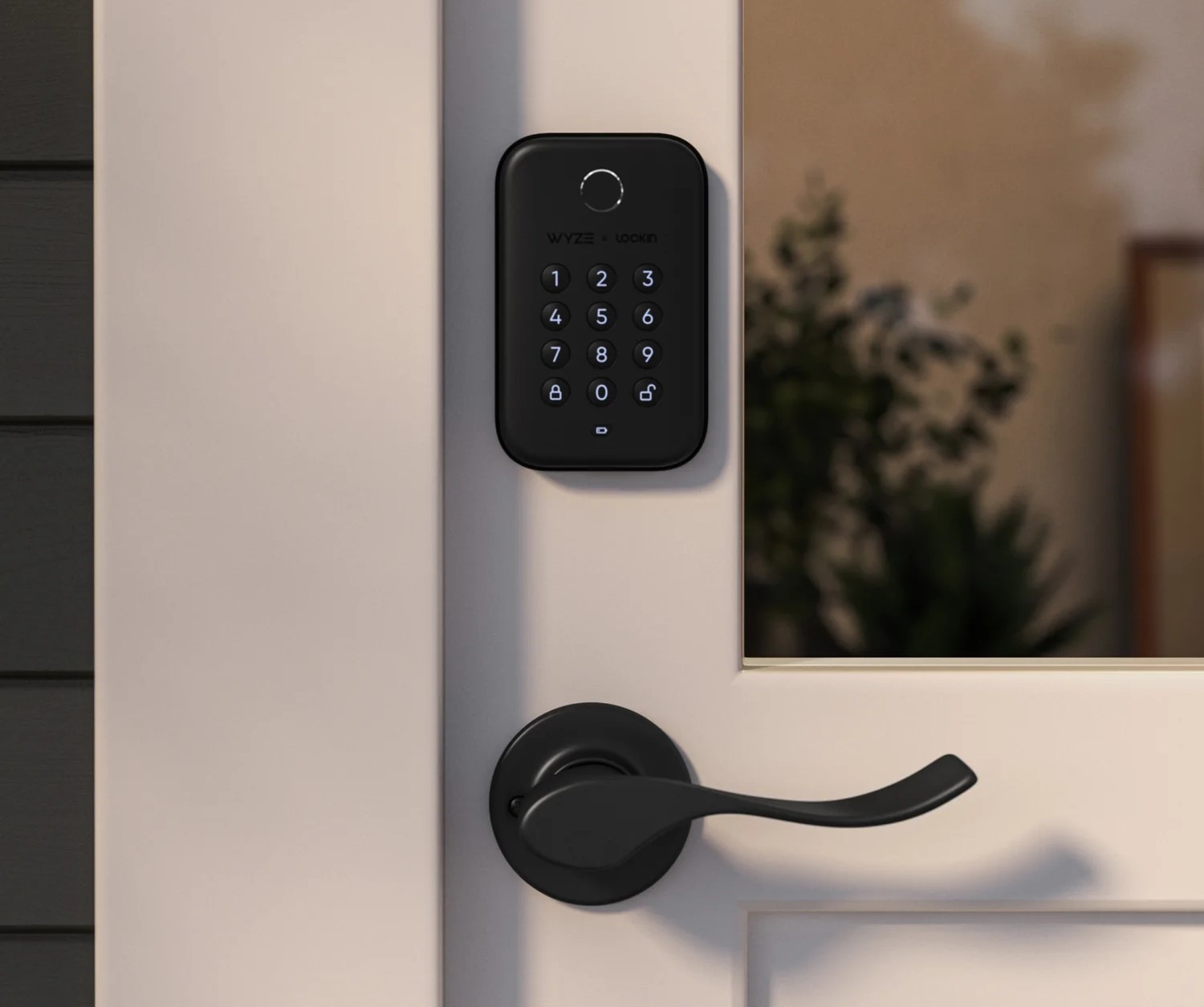

0 thoughts on “Why Is My Keypad Door Lock Not Working?”